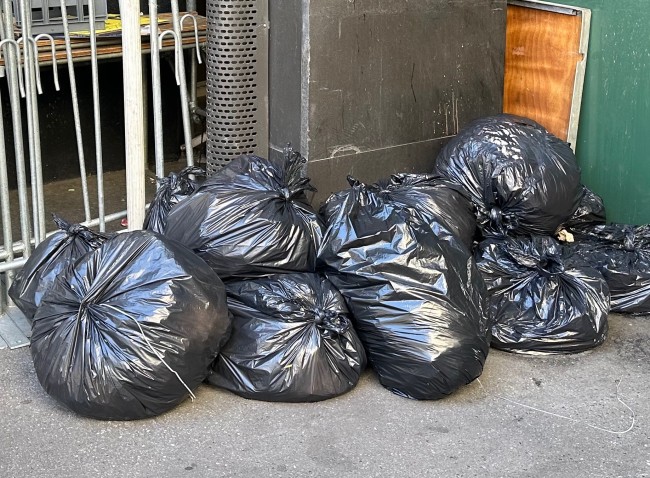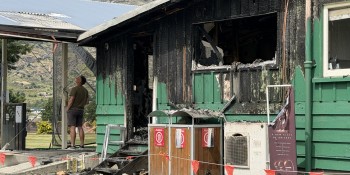
Important reminder to burn dry firewood this winter
Advice from Otago Regional Council: Always make sure the wood you are burning is dry. It’s better for your home and the environment.
Only burn dry wood or paper
A hot fire using dry wood will produce very little smoke. If you see dirty smoke coming from your chimney, it’s a sign your fire isn’t burning efficiently or you’re burning something toxic. Both result in releasing pollutants into the air we all breathe.
Burning dry wood means your fire can get hotter more efficiently. You’ll get more heat from each log of dry wood, warming your home faster. It also burns hotter meaning less pollution from your chimney, which is better for your health and our environment.
Get the most from your fire
How to store your firewood:
- slightly off the ground.
- out of the rain.
- with plenty of airflow and sunshine if possible.
Buy and stack your firewood before Christmas for the following winter, so it has time to dry out.
Have your flue swept once a year to improve air flow and help to prevent a chimney fire.
Is your wood ready to burn?
Look
Dry wood is dull and grey in colour.
Feel
Dry wood has a low moisture content, so it is much lighter than wet or freshly cut wood.
Listen
When you knock two larger pieces together; it should sound hollow. If the wood is too damp it will sound like a dull “thunk”.
Take out the guess work
Use a wood moisture meter. To ensure your firewood has less than 25% moisture: simply insert the pins on the meter into one end on a piece of firewood and within a few seconds a moisture percentage will display. Wood moisture meters are available from most hardware stores.
What not to burn
Burning these kinds of materials can release harmful toxins into the air.
- Treated wood
- Offcuts from building sites
- Old decking
- Rubbish
- Green waste
- Plastic
- Clothes
- Electronics
- Disposable nappies
Air quality reports
Learn more about the air you breathe with our comprehensive air quality reports and publications.





























